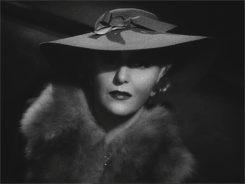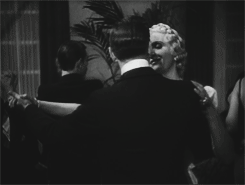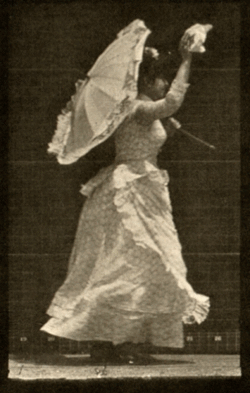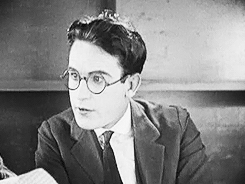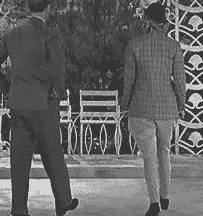Steichen self-portrait in studio, New York, 1929
Steichen at the beach, Hollywood, 1931
*click on images for larger view
Actress Gloria Swanson, 1924
The Flatiron Building, NYC, 1905
Steichen added color to the platinum print that forms the foundation of this photograph by using layers of pigment suspended in a light-sensitive solution of gum arabic and potassium bichromate. Together with two variant prints in other colours, also in the Museum's collection,The Flatiron is the quintessential chromatic study of twilight
Actor Gary Cooper, 1930
Actress Greta Garbo
Cary Grant
Charlie Chaplin
Princess Yusupov, 1924
Princess Irina Alexandrovna Yusupov (1895–1970) was the daughter of Grand Duchess Xenia Alexandrovna and the niece of Emperor Nicholas II. In 1914, she married Prince Felix Yusupov, best remembered as the murderer of Rasputin, the controversial monk whose association with the Russian imperial family discredited the monarchy in its last years
(via The Met)
Actress Pola Negri, 1925
Wind Fire: Therese Duncan on the Acropolis, 1921
The renowned ballroom dancing team Antonio de Marco and Renée de Marco, 1935
Princess Nathalie Paley, 1934
Actress Joan Crawford, 1932
Actor Paul Robeson as "Emperor Jones", 1933
Photographer Alfred Stieglitz at Studio 291, 1915
Sculptor Rodin with his masterpiece The Thinker, 1902
When Steichen arrived in Paris in 1900, the Rodin Pavilion outside the Exposition Universelle was his first stop, and he saw not only the master's work but the master himself—"a stocky man with a massive head . . . and I made up my mind I was going to photograph him someday." Only after visiting the revered sculptor's studio, nearly every Saturday for a year, did Steichen finally dare to photograph him. Steichen described Rodin's studio as being so crowded with marble blocks and works in clay, plaster, and bronze that he had to compose his portrait from two exposures, one of Rodin and theMonument to Victor Hugo and another of The Thinker. He first printed each image separately and, having mastered the difficulties of combining the two negatives, joined them together in a single picture. The result is among the most ambitious efforts of any Pictorialist photographer to emulate art in the grand tradition. Suppressing the texture of the marble and bronze and thus emphasizing the presence of the sculptures as living entities, Steichen was able to assimilate the artist into the heroic world of his creations. Posed in relief against his work, Rodin seems to contemplate his own alter ego inThe Thinker, while the luminous figure of Victor Hugo suggests poetic inspiration as the source of his creativity.
(Via The
MET)
Brancusi's Studio, ca. 1920
Drizzle On Fortieth Street, New York, 1925
Nude study, 1901
Steichen visited Rodin for the first time in 1900. He brought a portfolio of his photographs with him and, after looking through the portfolio, Rodin allowed the American to photograph him in his studio. The results have been justly termed "among the best ever made." In this exquisite autochrome, an early type of color transparency, signed and dated 1907, Steichen recorded the aging sculptor clothed in timeless drapery and sitting at the feet of the plaster model of hisEve, a soft-focus image that appears almost as the sculptor's dream.
(via MoMA)
SOURCES
http://anthonylukephotography.blogspot.fr/2011/07/photographer
-profile-edward-stiechen.html
